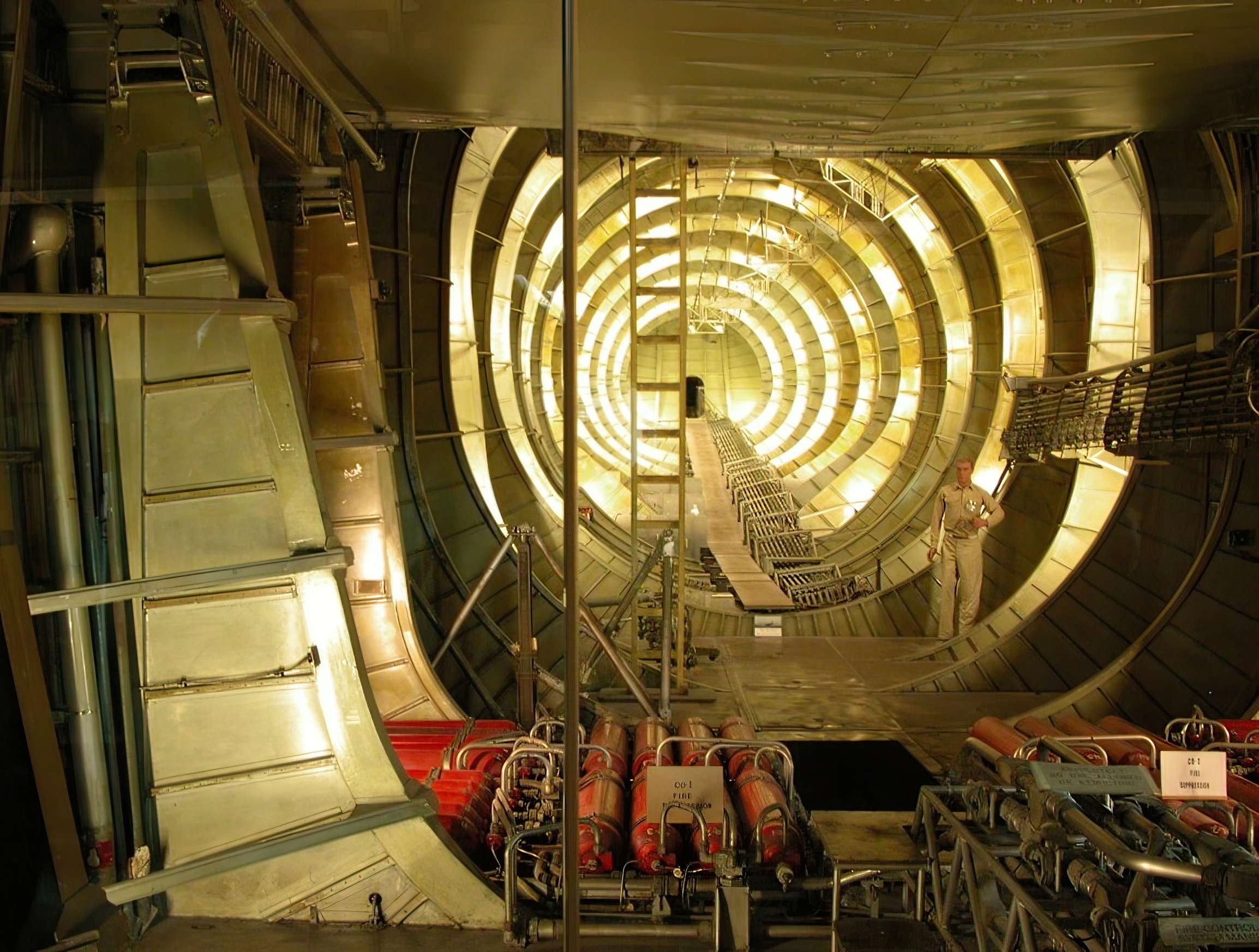The Magnificent Flying Boat: Hughes H-4 Hercules
Few stories in the annals of aviation history capture the imagination like that of the Hughes H-4 Hercules, dubbed the “Spruce Goose.” Designed during the chaos of World War II by the creative brains of Hughes Aircraft Company, this titan of the skies was supposed to transform transatlantic travel, but its tale is still one of both success and tragedy.
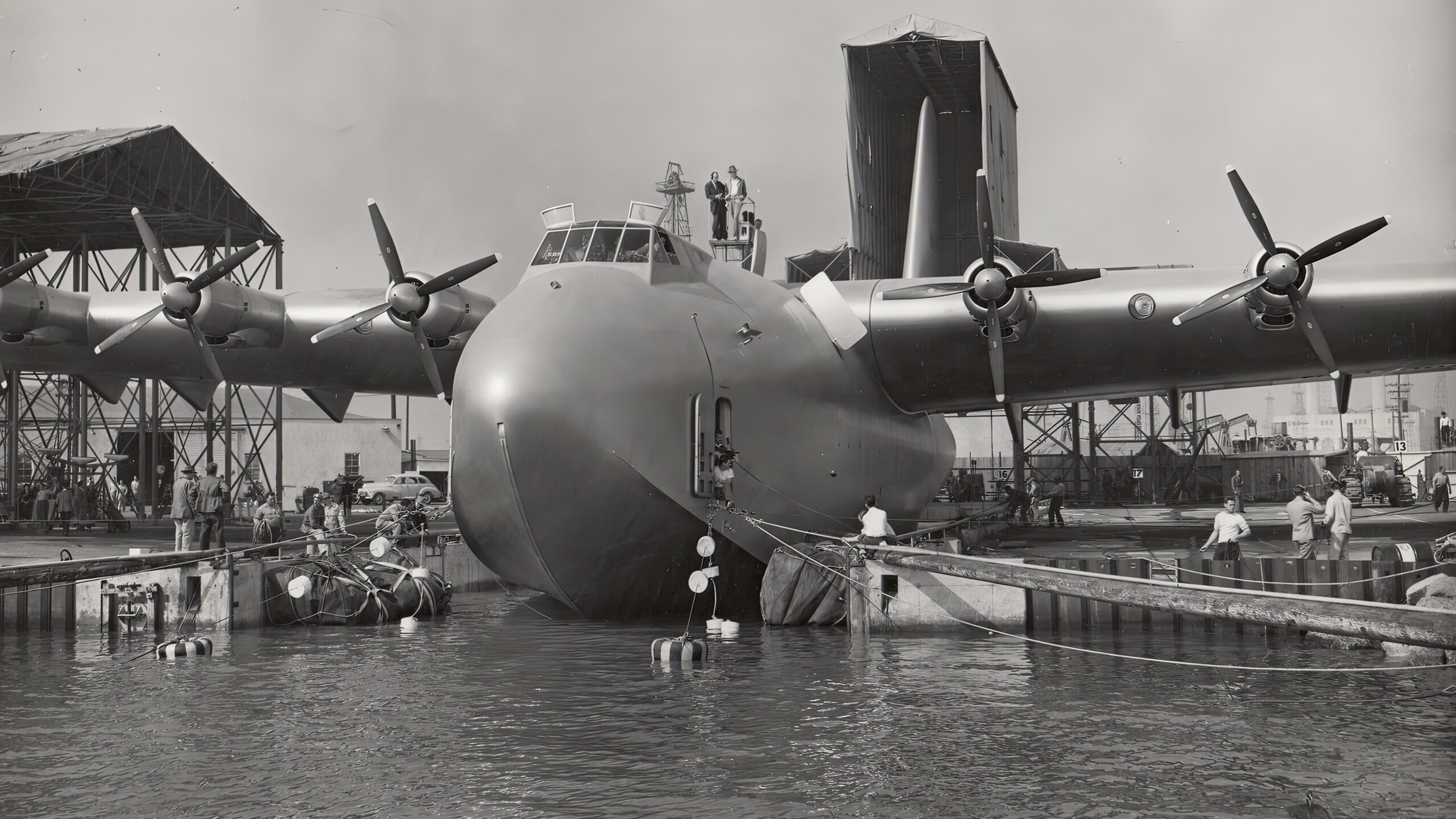
A Monument to Innovation
Fundamentally, the Hughes H-4 Hercules was an example of the drive and inventiveness of people. Designed in 1942 to meet the pressing demand for a massive transport plane that could cross the Atlantic without being attacked by enemy submarines, the Hercules was an incredible achievement in engineering. Leading the charge was the tenacious Howard Hughes, a well-known pilot and businessman, who brought together a team of engineers and designers that worked nonstop to realize Hughes’ vision.
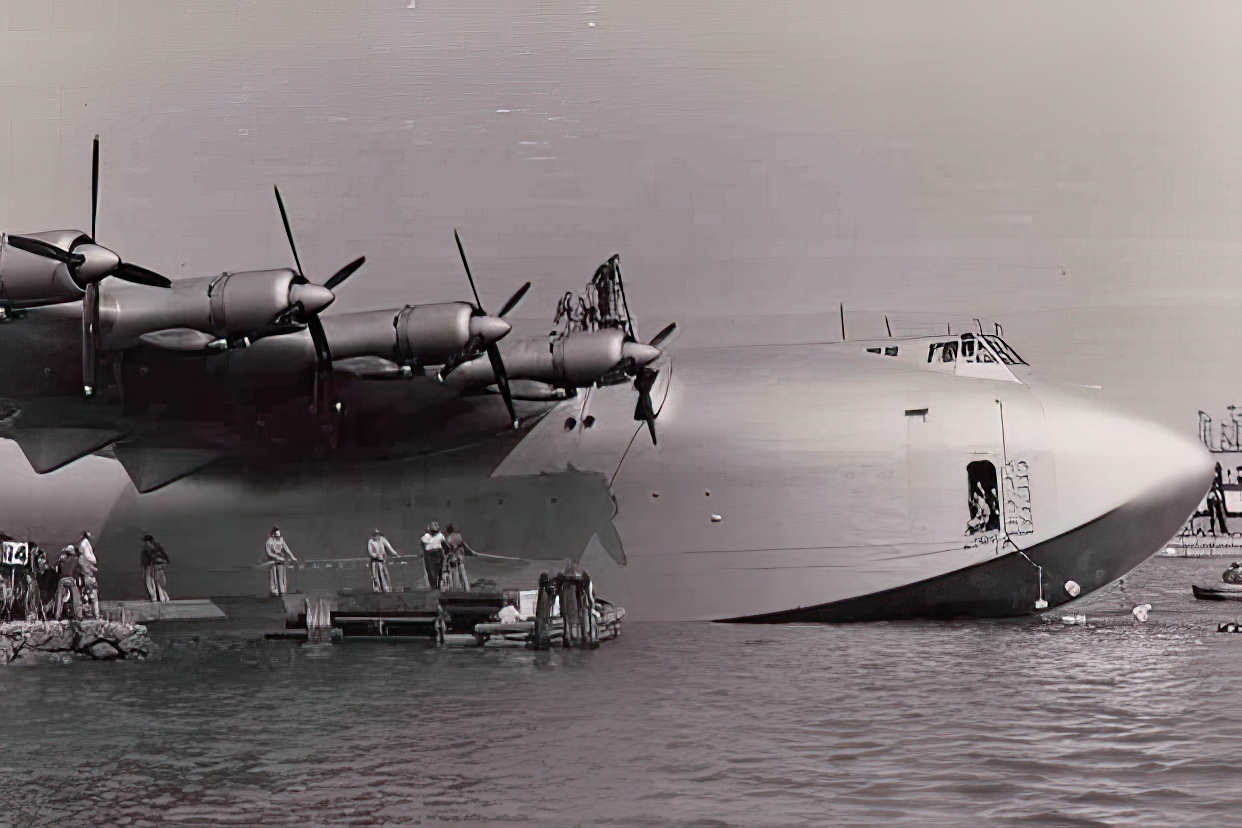
But there were several obstacles in the way of realizing this. Finding supplies in a period of wartime shortages proved to be an enormous undertaking in and of itself. When metals became scarce, Hughes and his group made the unusual but brilliant decision to use wood. The Spruce Goose was thus created, and its name would live on in the annals of aviation history for all time.
A Flight of Destiny
It took seven long years for the Spruce Goose to be prepared for its first flight. Above the placid waters of California’s Long Beach Harbor on November 2, 1947, the colossus descended into the sky in an astounding display of engineering feats. Even though it was just a mile long and took less than a minute, the flight proved that the Herculean could overcome gravity.
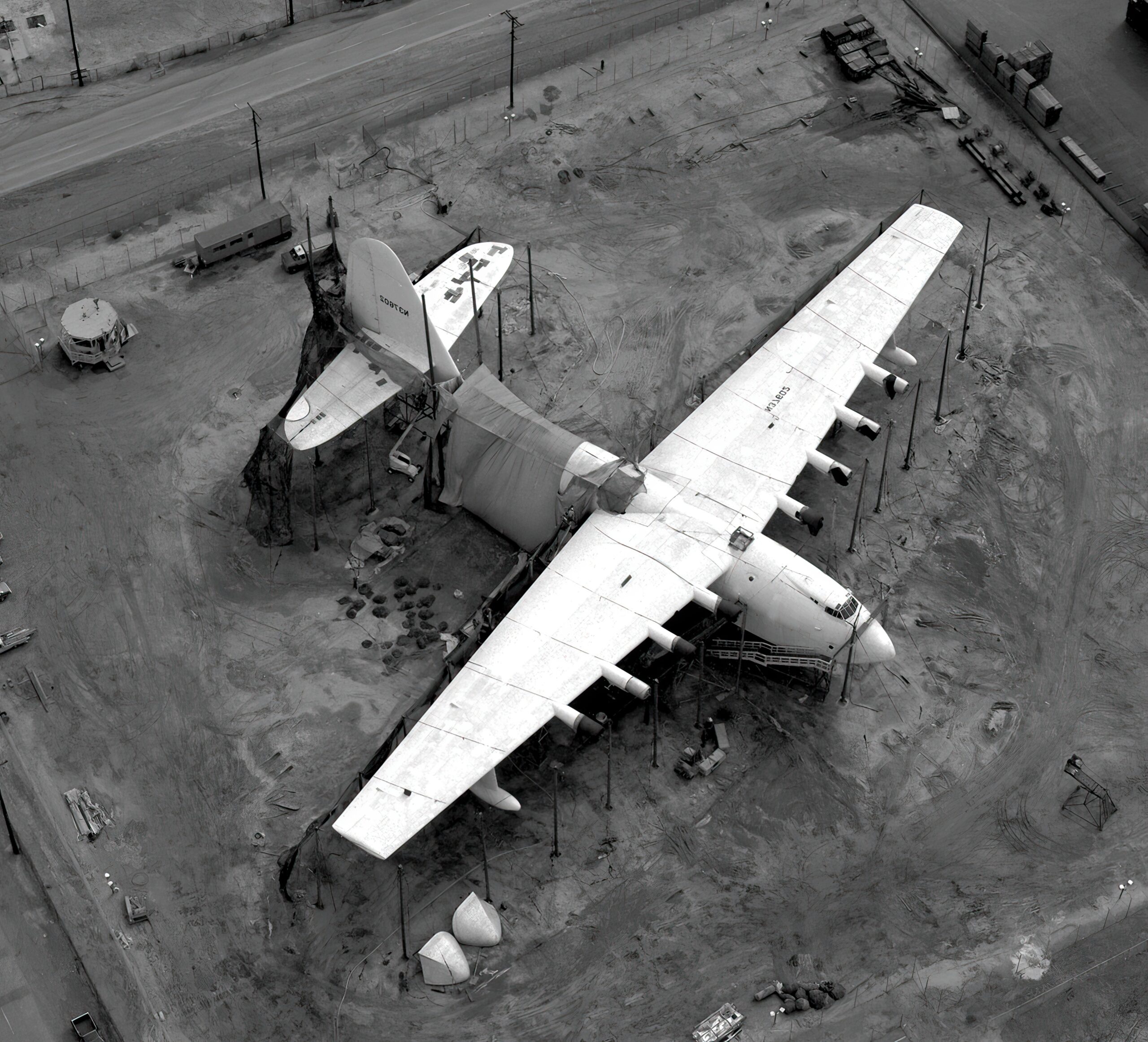
However, despite the celebration of this enormous accomplishment, there were many who were eager to cast the initiative aside as a pointless waste of money and remained hidden. Hughes never wavered in his trust in the Hercules’ promise, but after just one flight, the aircraft was lost to history and never put into production.
Trials and Triumphs
Numerous obstacles that the Spruce Goose had to overcome eventually prevented it from being widely successful. It was an extremely difficult beast to handle because of its enormous size and weight, especially during takeoff and landing. Another weak point of this mechanical behemoth was the Pratt & Whitney R-4360 engines, which were known for their dependability and propensity for mechanical problems.
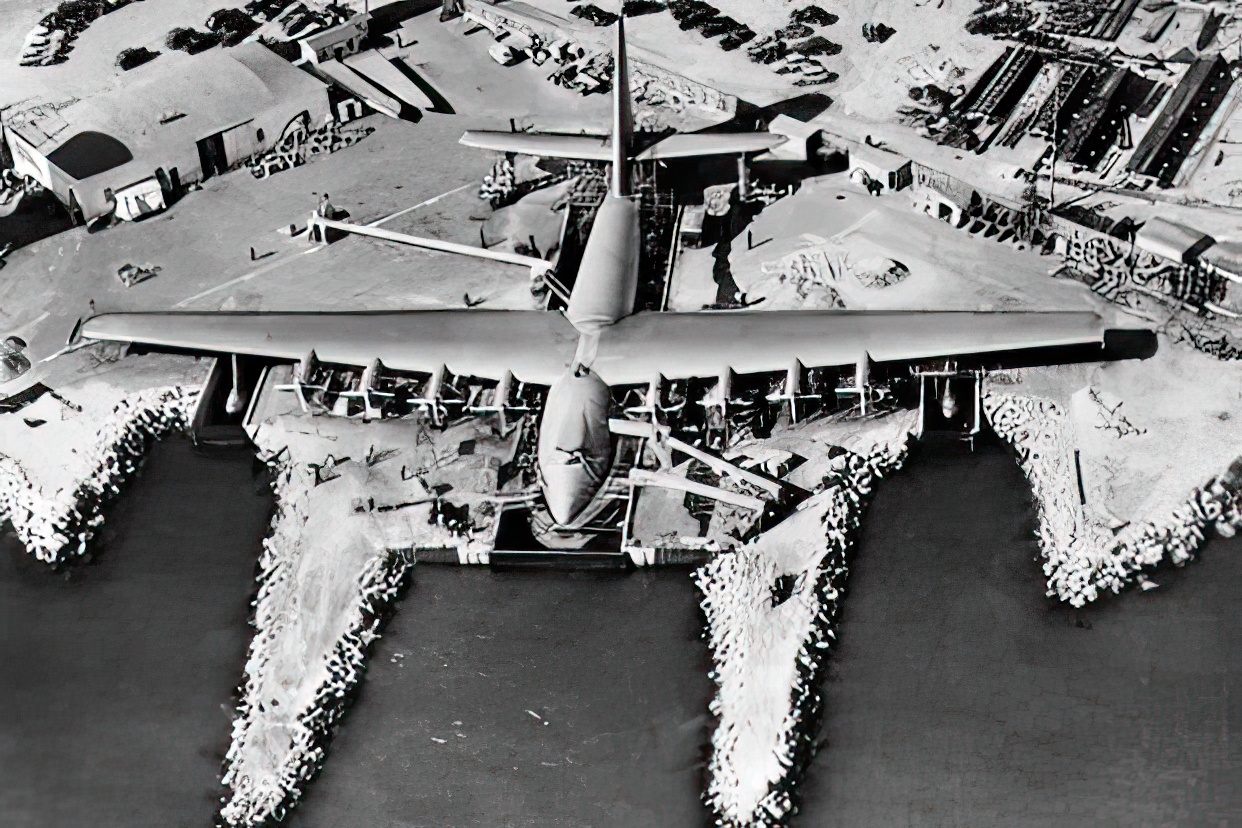
Furthermore, even though it was a novel idea, building the Hercules mainly out of wood had its own challenges. Due of its susceptibility to dampness and insects, upkeep turned into an enormous undertaking. Furthermore, the speed and altitude of the Hercules were hampered due to the limits of wood, making it unsuitable for extensive commercial usage.
A Legacy Soars
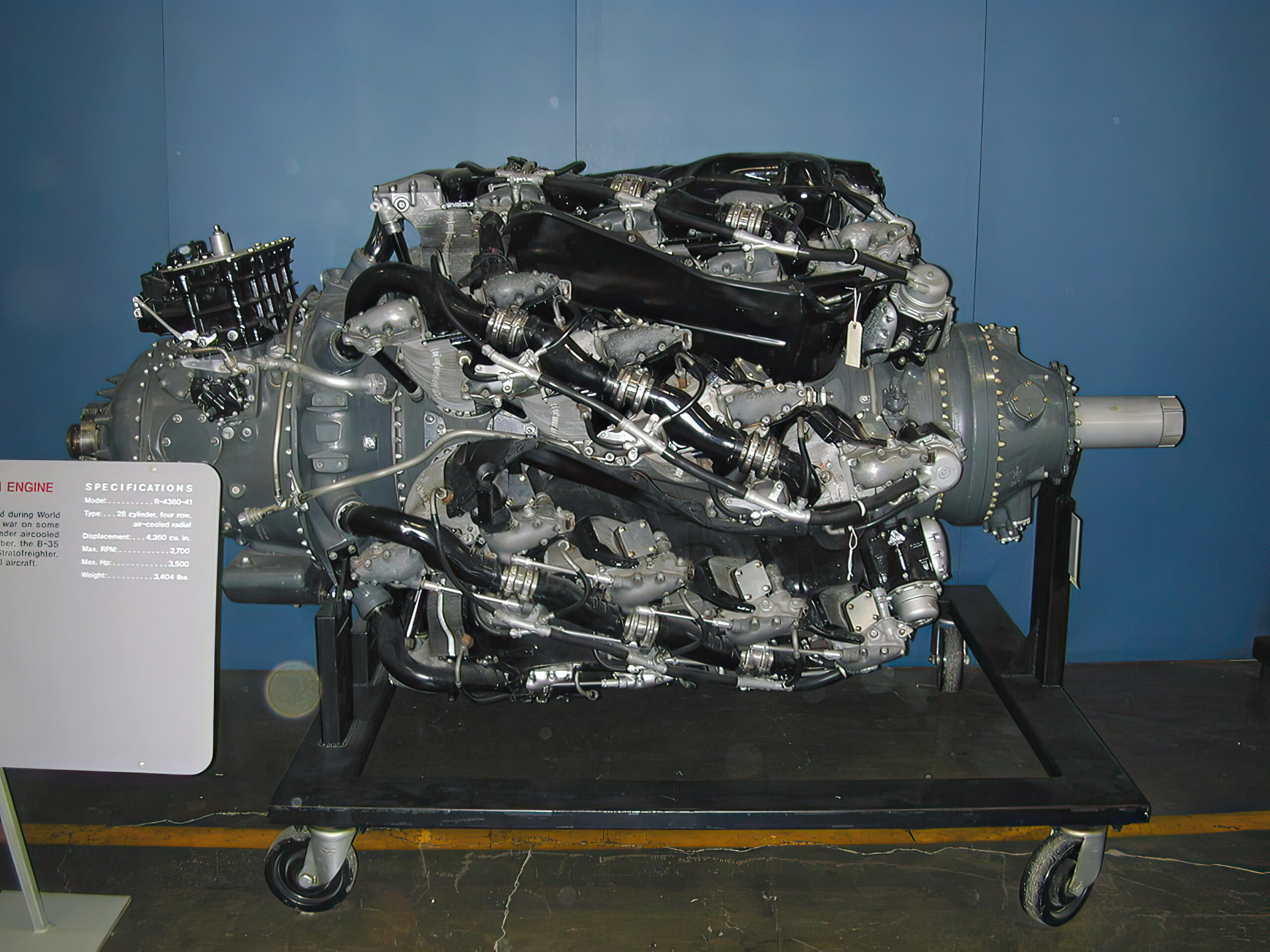
Despite its brief foray into the skies, the Hughes H-4 Hercules endures as an enduring symbol of human ambition and ingenuity. Its legacy transcends the confines of time, serving as a testament to the audacity of dreamers and the boundless possibilities of the human spirit. Though grounded in reality, the Spruce Goose soars eternal in the realm of imagination, a timeless icon of aviation’s golden age.
